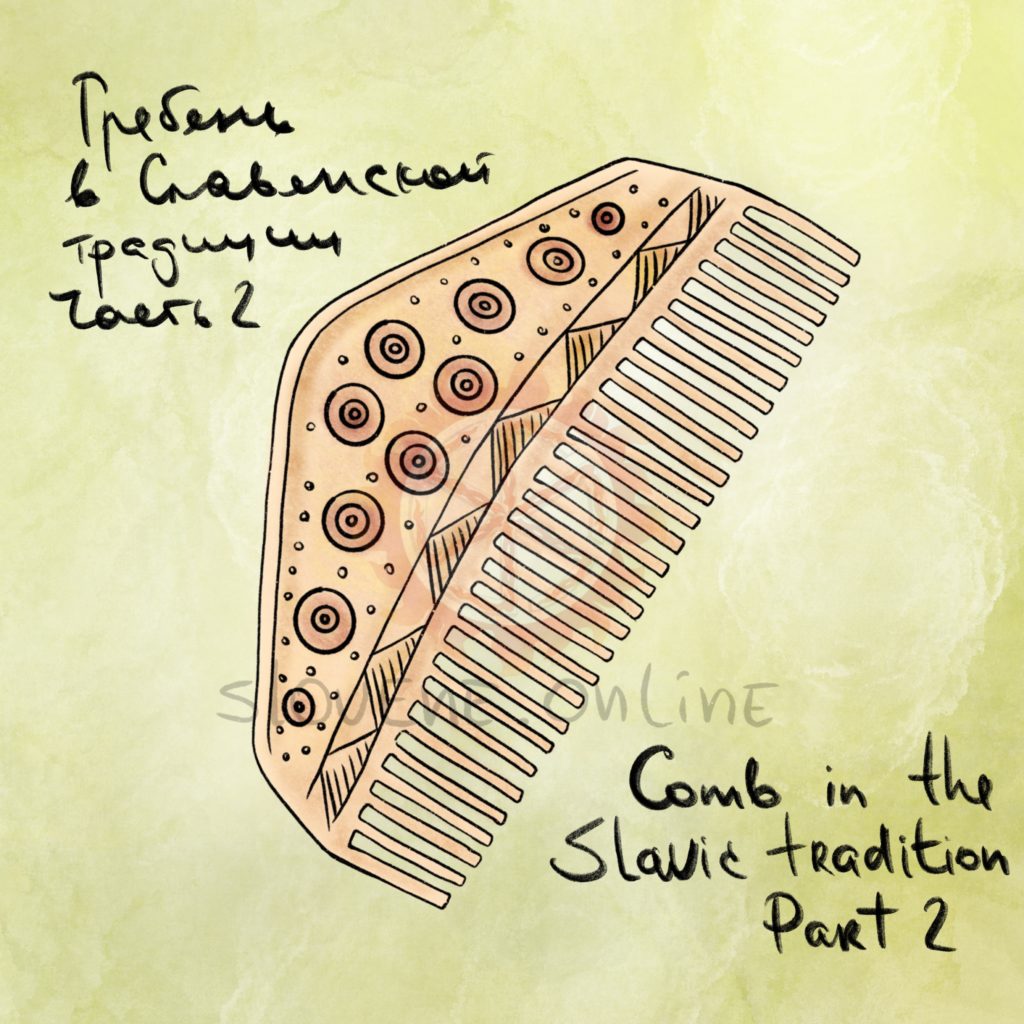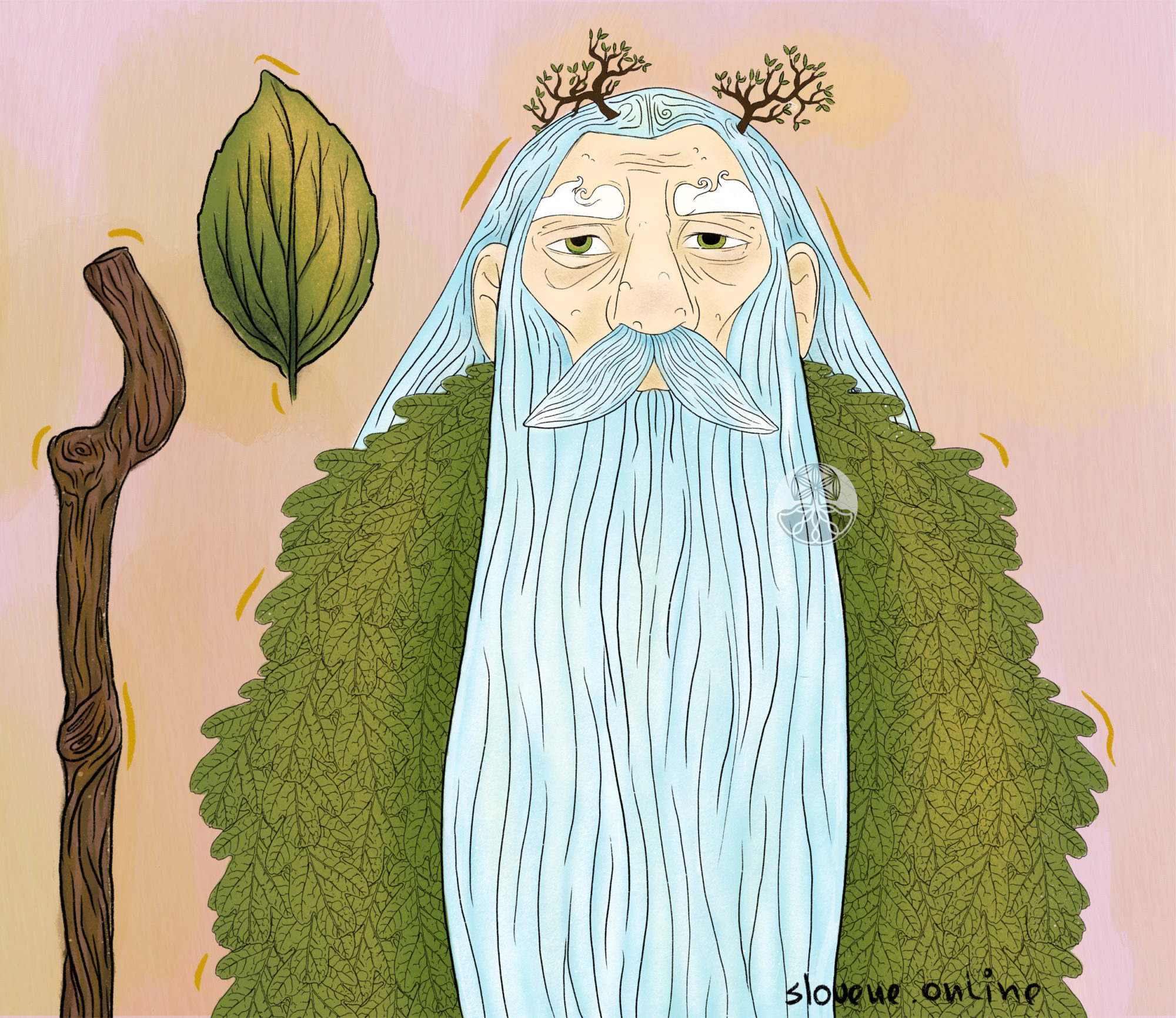You may have seen a wedding ceremony tradition, where people are putting a rope across the road before the newlyweds who are coming back from the wedding. This is an ancient Russian custom for protection against curses. The same method (pulling a rope across the road) was practiced by the Eastern Slavs to protect cattle from witches.
ꏍ
But the witches used the rope to mend evil as well. For example, to curse the cattle they also pulled it across the road, along which a herd of cows should pass on St. George’s Day or on Kupala. Eastern and Western Slavs believed that in order to “steal” milk from cows, the witch collected night dew with a rope, and then milk was dripping from that rope. In the beliefs of the Ukrainians, the Luzhichians and the Southern Slavs, the witch, for the same purpose, “milked” a rope (or belt) thrown over the ceiling beam – and milk was believed to be dripping from it.
ꏍ
In Kostroma, a rope that was in contact with the deceased was of great magical significance. Such a rope was used as a belt by a witch who would set off on the Kupala night to “steal the harvest” from other people’s fields.
ꏍ
More interesting facts can be found in: “Slavic Antiquities” – encyclopedic dictionary in 5 volumes by Institute for Slavic Studies of the Russian Academy of Sciences.
ꏍ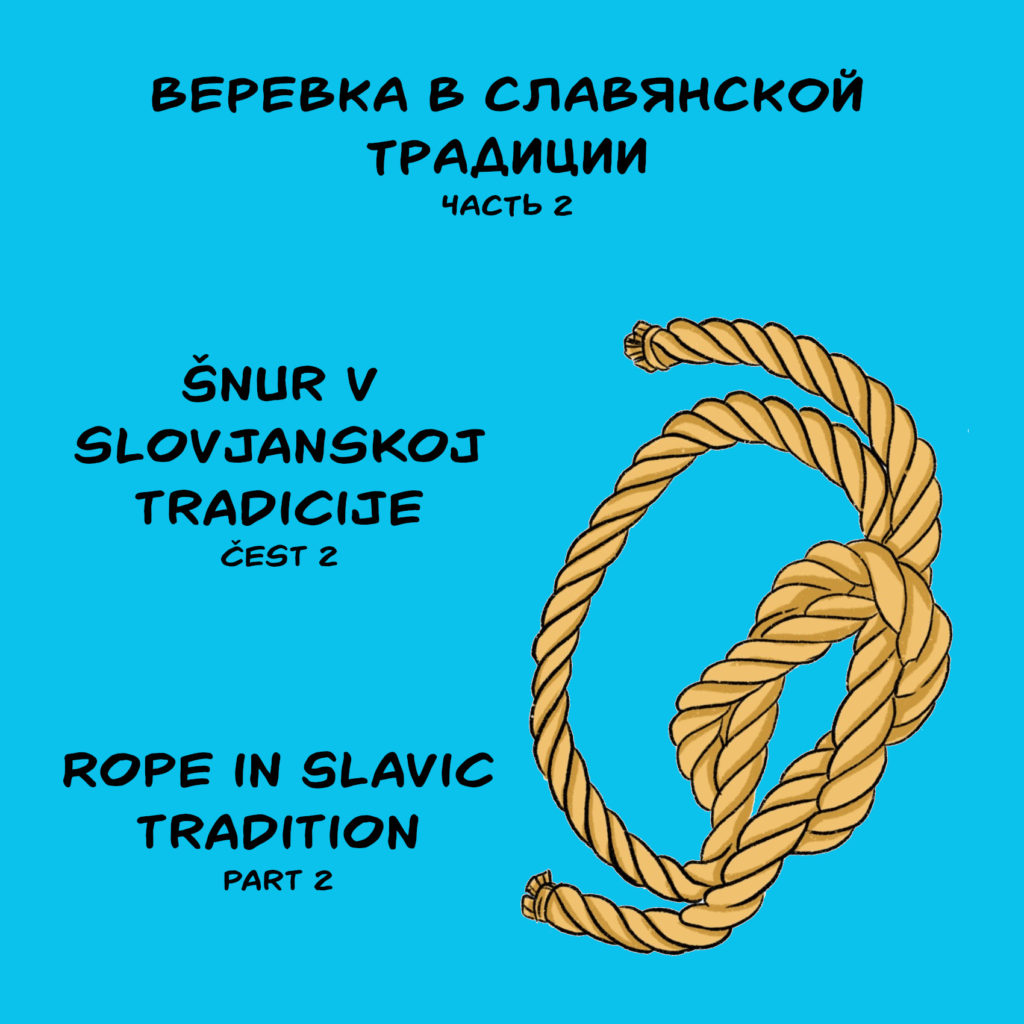
Rope in Slavic tradition – part 1
A common rope used today, was also considered a talisman by the ancient Slavs. It protected from curses and even helped to neutralize evil spirits.
ꏍ
Before the wedding, the North Russian Slavs tied a rope (a belt or a fishing net) over the naked body of the bride and groom to protect them from evil spells. For the same purpose, the Serbs surrounded the bed of a woman in labor and a child with a rope. Slavs would also put a red rope or a ribbon on a hand of a child or a pregnant woman, as well as just a beautiful girl, to protect them from being cursed. In general, using rope as a belt, was one of the ways to create a magic circle, which ensured the inviolability and safety of the person in it.
ꏍ
Macedonians believed that a person could tie a vampire by throwing a noose around his neck with a reed rope. The Poles believed that a rope woven from nine bast strips was suitable for capturing Vodyanoi. They also were ready to chase away Mara, who came at night to strangle people, by beating her with a rope or a belt.
ꏍ
To be continued…
ꏍ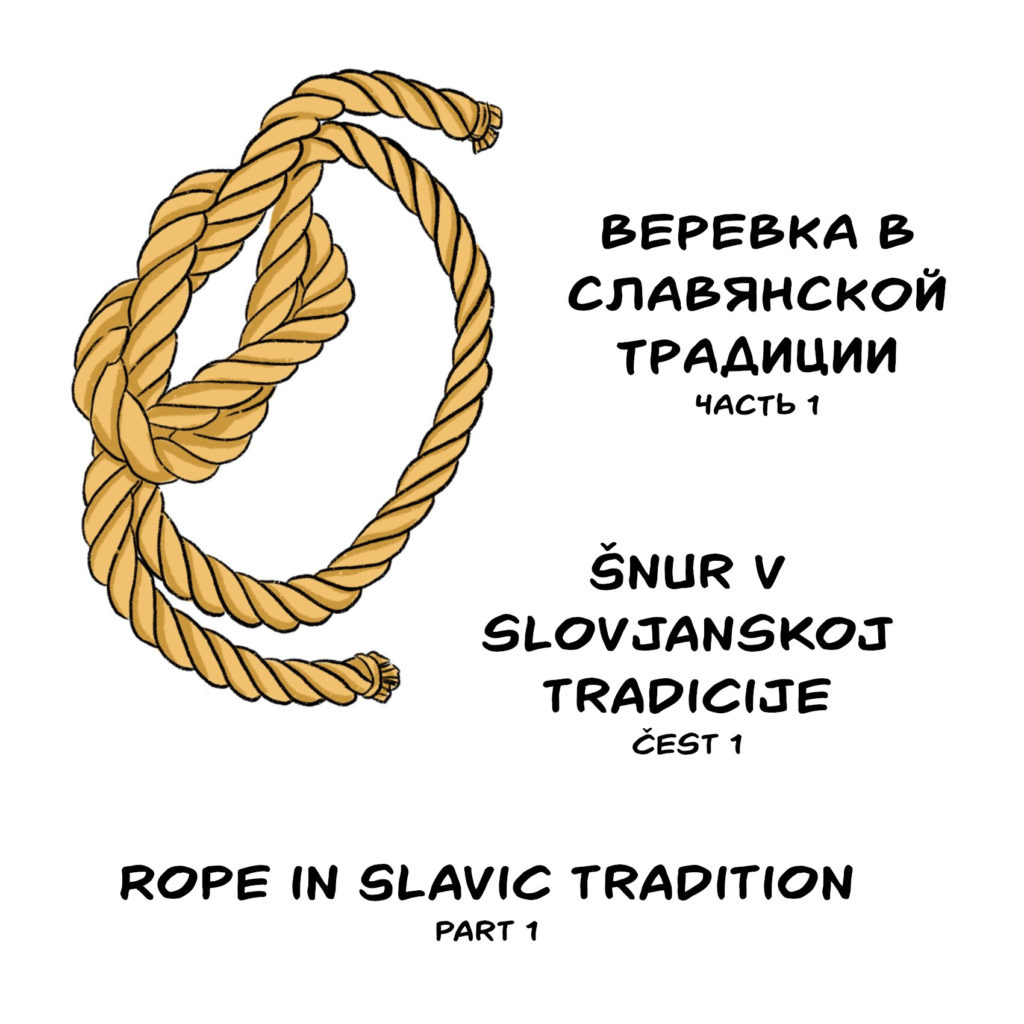
Bread and salt – part 2
The sacredness of “bread & salt” was manifested in the customs of our Slavic ancestors. Thus, in Russia there was a ban on swearing and lying if bread & salt were on the table. And to confirm the truthfulness of the oath, the Russians pronounced “honest bread and salt”, and the Bulgarians “хлеба и солта ми” (“my bread and salt”). Hence the idea of the purifying properties of “bread-salt”: in Polesie region they were placed in “dezha” (special wooden tub for sourdough bread making) to cleanse it; in Ukraine they were given to a woman prior to the first visit to church after giving birth, etc.
ꏍ
“Bread and salt” were widely used in wedding ceremonies. Among the Eastern Slavs, Bulgarians, Poles, matchmakers came to the bride’s house with bread and salt. If the offer of the matchmakers was accepted, the bride’s parents gave them bread and salt in return. The closest female relative or matchmaker circled three times with bread and salt around the parents’ hands, securing the decision on the engagement. Then the matchmaker broke the bread, saying: “The deed is done and sealed with bread and salt” (Yaroslavl region).
ꏍ
With the blessing of the groom and the bride, the Belarusians used to say: “I bless you with bread, salt, happiness, destiny and good health”. The Bulgarians wished the engaged couples to stay together like bread and salt. In Poland, the newlyweds at home after the wedding walked around the table three times with bread and salt, after which the wife kissed the corners of the table and put the bread on the “pech” (the fireplace for cooking and heating).
ꏍ
To be continued…
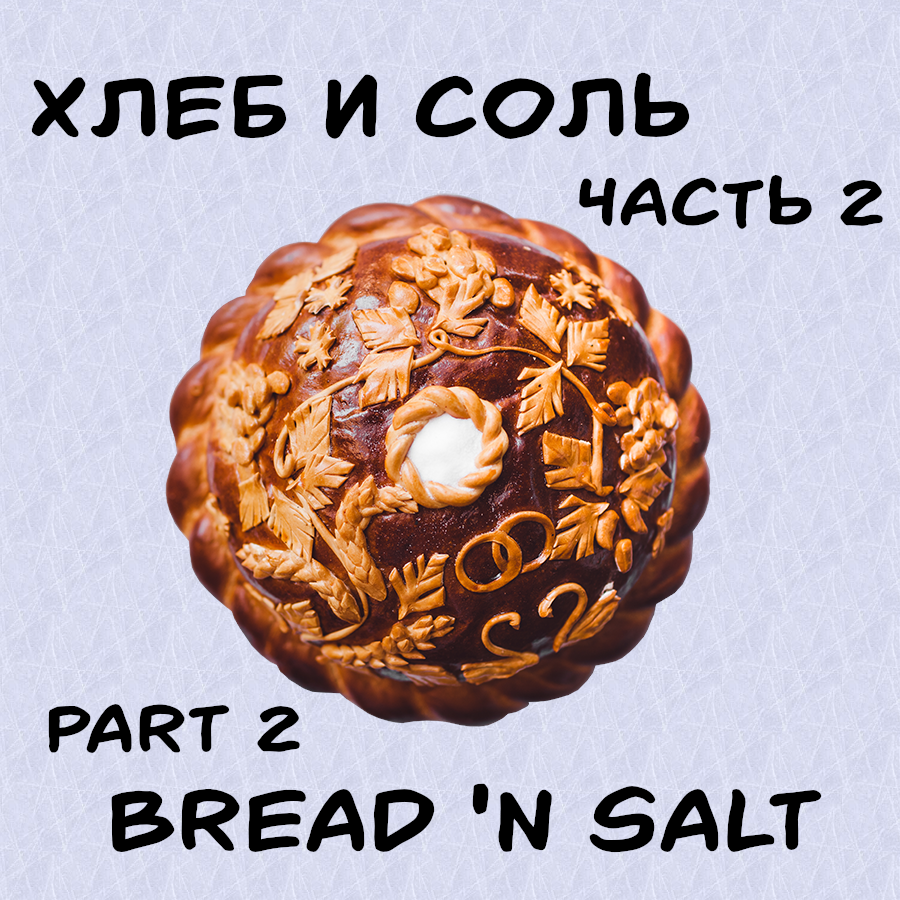
Pants in Slavic tradition – Part 2
The old photograph of the last century depicts a barefoot Russian peasant who sows linen, while carrying seeds in his pants instead of a bag or basket. Why do you think he is doing it like that?
ꏍ
This ancient Slavic tradition of ensuring the plentiful harvest of flax came to us thanks to the Soviet anti-religious propaganda marked as “savage ritual” 🙂 So what is really shown on the picture?
ꏍ
The producing fertility power was attributed to the pants, so they were constantly used in maternity, wedding, agricultural and cattle breeding ceremonies by Slavs. In the Ryazan region, while sowing, the owner carried seeds in his own pants. Polish people believed that “double” ears (spica) could grow from grains passed through the pants of the sower. In Kaluga region cannabis seeds were poured into special pants so that cannabis would be stronger, these pants were carried on the shoulder, and after sowing, they were hung in a barn on a high hook – so that cannabis “would be poured to the top”. By the way, hemp/cannabis was used to make the best ropes very popular among the sailors and at some point, Russia was supplying the whole world with these ropes for ships 😉
ꏍ
To attract grooms and matchmakers to the village, in the Volga region around New Year people stole pants from someone’s backyard where clothes were drying, and then dragged them around the village. In Polesie, a family which had a girl of marriageable age, would draw a circle around their house with pants, so the girl would get married. Men’s pants were tied to the table during the matchmaking, so that the bride would agree to marry.
ꏍ
Source: “Slavic Antiquities” – encyclopedic dictionary in 5 volumes by Institute for Slavic Studies of the Russian Academy of Sciences.
Photo: Museum fund of Russia https://goskatalog.ru/
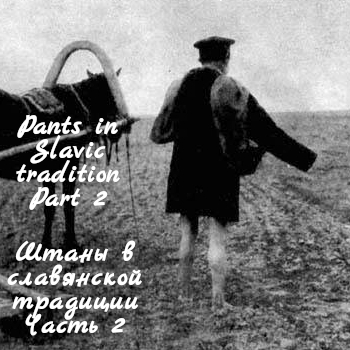
Comb in the Slavic tradition – Part 2
Slavs also used the comb in reproduction magic. Going to the first seeding, the Serbs and Macedonians would put it in a bag of seeds or stirred seeds prepared for sowing with it, so that the spike of wheat / rye would have “frequent grains” like the teeth of a comb. The Croats, before taking the cattle for sale, combed it and pronounced: “Koliko zubaca, toliko kupaca” (“How many teeth, so many buyers”). After combing the sheep, the Russians threw the broken comb and the wool back into the sheepfold so that animals would have more wool.
We continue to familiarize you with the customs and beliefs of the ancient Slavic people, while working on the animated fantasy comic book series. In such posts, as if jumping forward in time, we shed light upon and help to understand the events that will occur in our story … 😉
All Slavs used the comb as a talisman against evil spirits, curses, diseases, wild animals, etc. The Serbs protected newborns from Veshtitsa (Вештица – Witch) and other demons with one or two combs, put on both sides of a child head. Therefore, Veshtitsa would prick herself if tried to approach the baby. The Eastern Slavs used to put a comb or a spindle in a cradle so that a baby could sleep peacefully.
A comb was also used for hexing others. The Serbs for example, would put two combs on both sides of the road on the wedding day, and when the young couple passed, they connected and hid those combs: after that, the couple would have arguments for all their life. The Russians of the Novgorod region believed that sorcerers performed all their malicious actions with the help of a comb. The Macedonians believed that women who had violated the ban on work in the evenings, were drowned in the water or brushed with large combs by Karakondzhulas (Караконцол). Interestingly, the comb is an attribute of many mythological creatures: goddesses (boginka), mermaids, female water spirits, etc., who usually combed their long hair in a story.
Source: “Slavic Antiquities” – encyclopedic dictionary in 5 volumes by Institute for Slavic Studies of the Russian Academy of Sciences.
